Step into Romania’s Transylvania region, and you’ll discover medieval villages that time seems to have forgotten, where cobblestone streets wind between fortified churches and Saxon farmhouses that have stood for centuries. These settlements represent some of Europe’s best-preserved medieval architecture, where traditional crafts continue alongside modern life and ancient traditions survive in communities that feel worlds away from contemporary Romania.
From fortified churches that doubled as community strongholds to village squares that’ve hosted the same markets for 800 years, these Transylvanian villages offer authentic glimpses into medieval life. Here is a list of 20 medieval villages in Romania’s Transylvania, each preserving its unique piece of Central European history.
Sighișoara
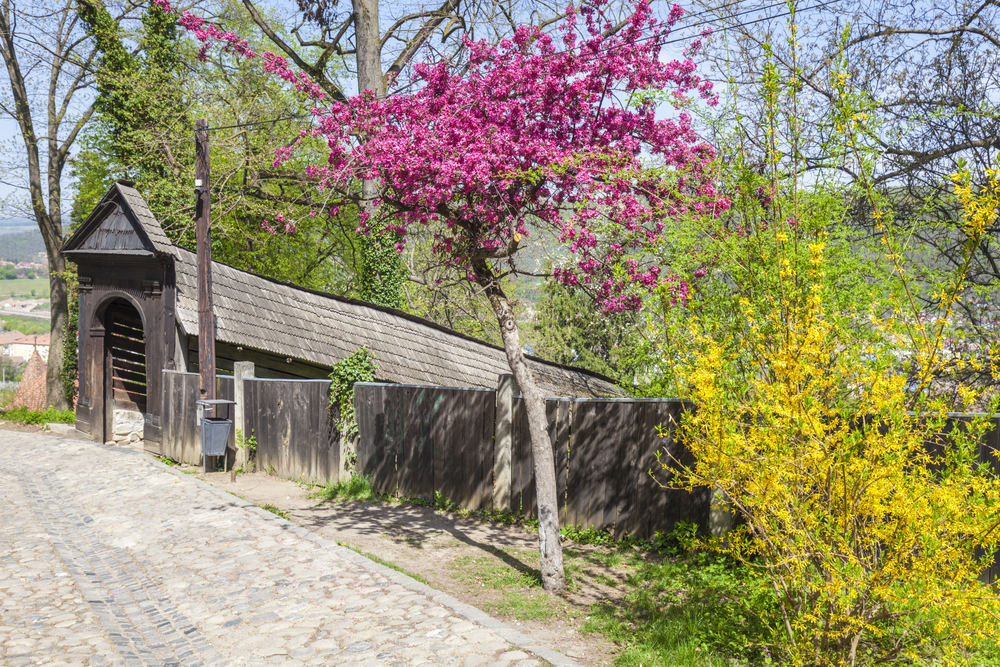
This UNESCO World Heritage Site represents one of Europe’s best-preserved medieval citadels, where narrow cobblestone streets climb between pastel-colored burgher houses and Gothic churches. The Clock Tower dominates the skyline while the covered wooden staircase leads to the hilltop Church on the Hill, creating a vertical medieval cityscape.
The birthplace of Vlad the Impaler maintains its 14th-century character so completely that walking these streets feels like stepping directly into a medieval chronicle.
Viscri
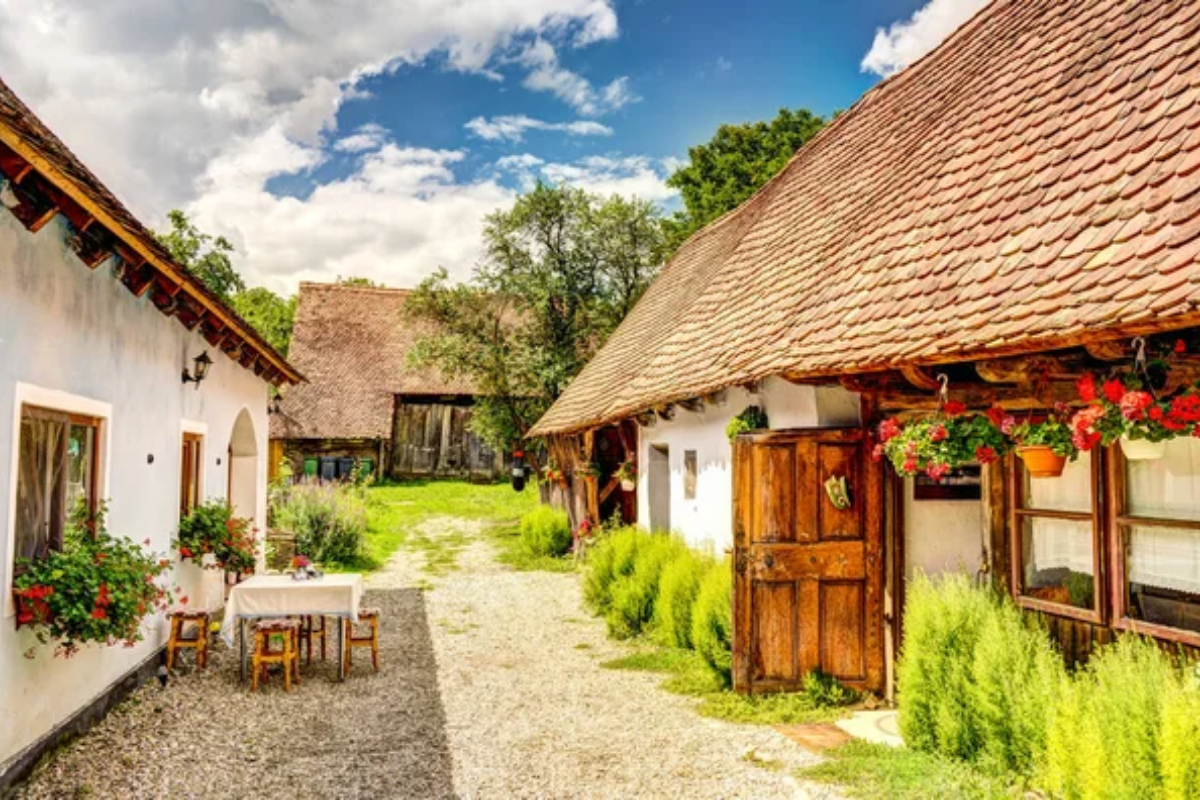
Prince Charles’s favorite Romanian village showcases traditional Saxon architecture and agricultural practices that have remained largely unchanged since medieval times. The fortified church sits at the center of the village, surrounded by traditional farmhouses with their distinctive blue and green painted walls and terracotta roof tiles.
The village maintains traditional farming methods where horses still pull carts through streets lined with medieval-era homes that continue to house local families.
Like Travel Pug’s content? Follow us on MSN.
Biertan
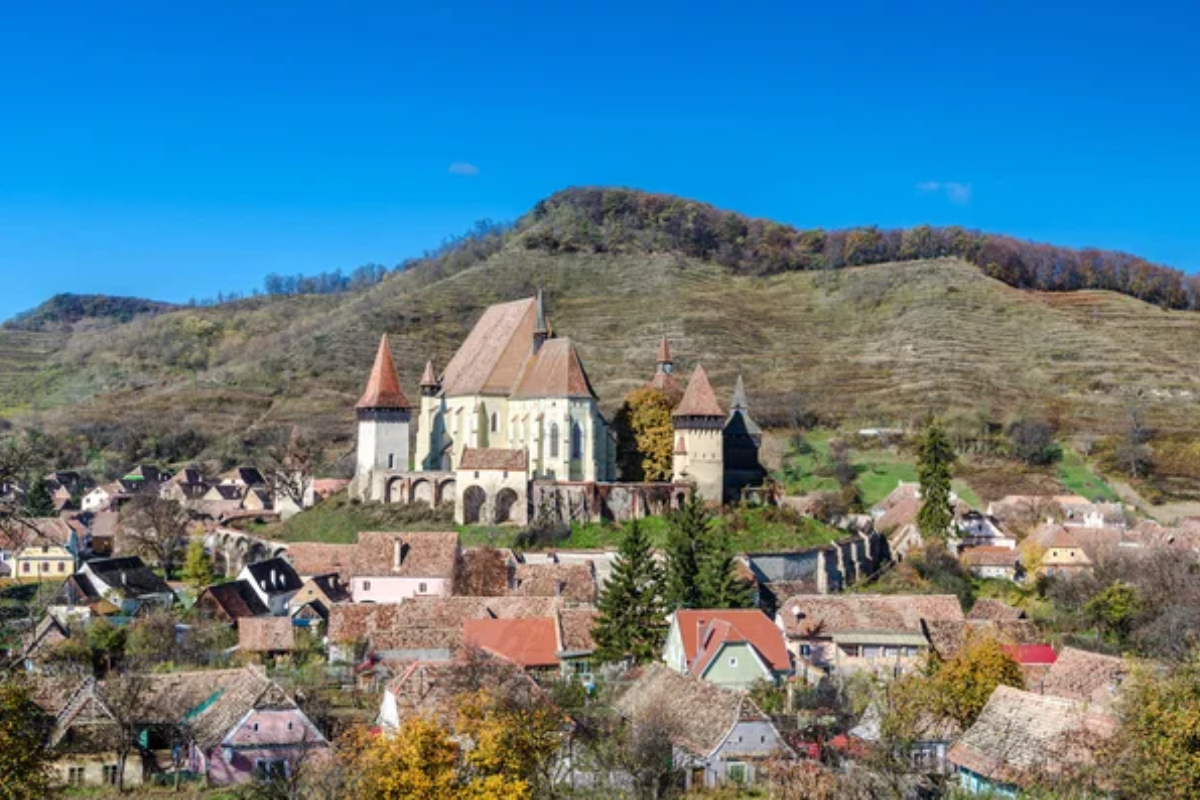
This village centers around one of Transylvania’s most impressive fortified churches, surrounded by three rings of defensive walls that protected the Saxon community for centuries. The Gothic church features elaborate wooden altarpieces and the famous marriage room, where couples were encouraged to reconcile their differences by living together in a locked room with only a single set of dishes.
The village maintains its medieval layout, with houses clustering around the fortified church, as per the original 15th-century urban planning.
Prejmer
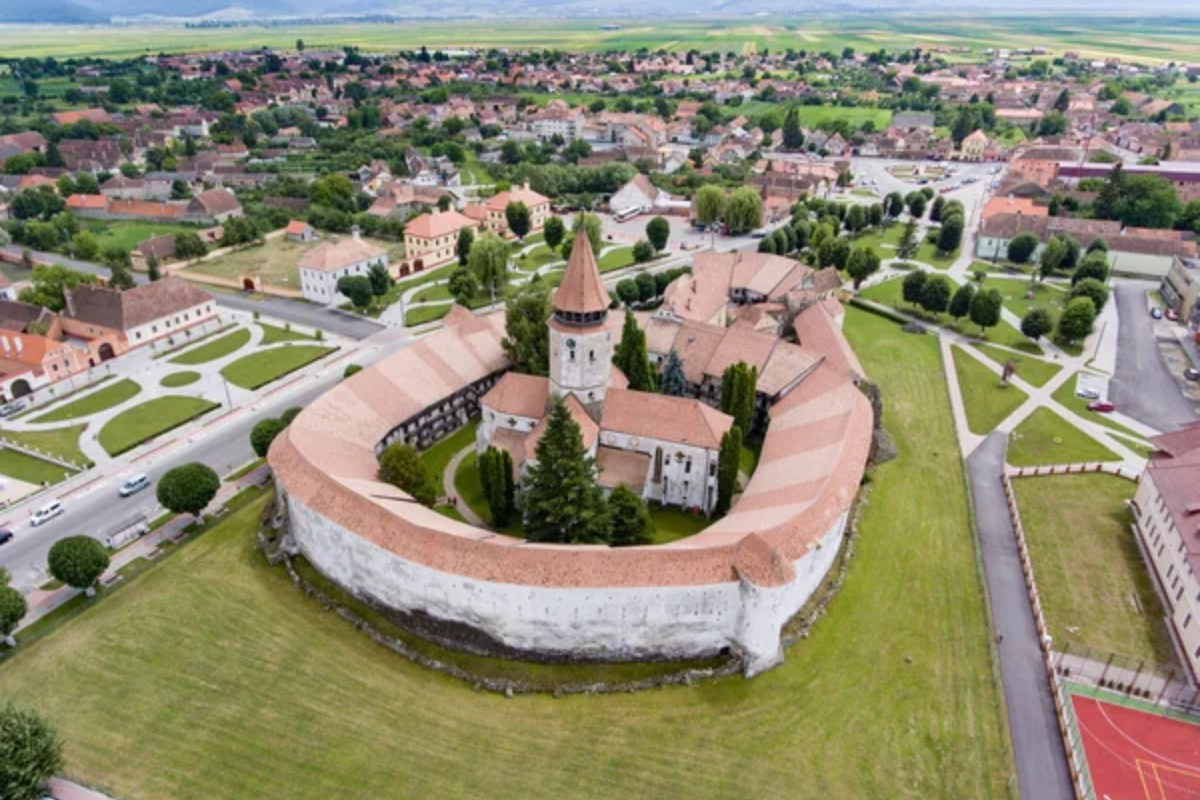
The largest fortified church in southeastern Europe dominates this village, surrounded by defensive walls that contain over 270 individual chambers where villagers stored supplies during sieges. The fortress-church represents the ultimate fusion of religious and military architecture, where massive walls contain living quarters, workshops, and storage areas.
The village surrounding the fortress preserves traditional Saxon houses, each with its characteristic courtyards and agricultural buildings.
Harman

This Saxon village built its fortified church as a massive rectangular fortress that resembles a medieval castle more than a traditional place of worship. The defensive walls reach 40 feet high and include towers equipped with murder chambers and defensive positions designed to withstand Ottoman invasions.
The village maintains its original medieval street pattern, where houses align according to defensive considerations rather than simple convenience.
Like Travel Pug’s content? Follow us on MSN.
Câlnic
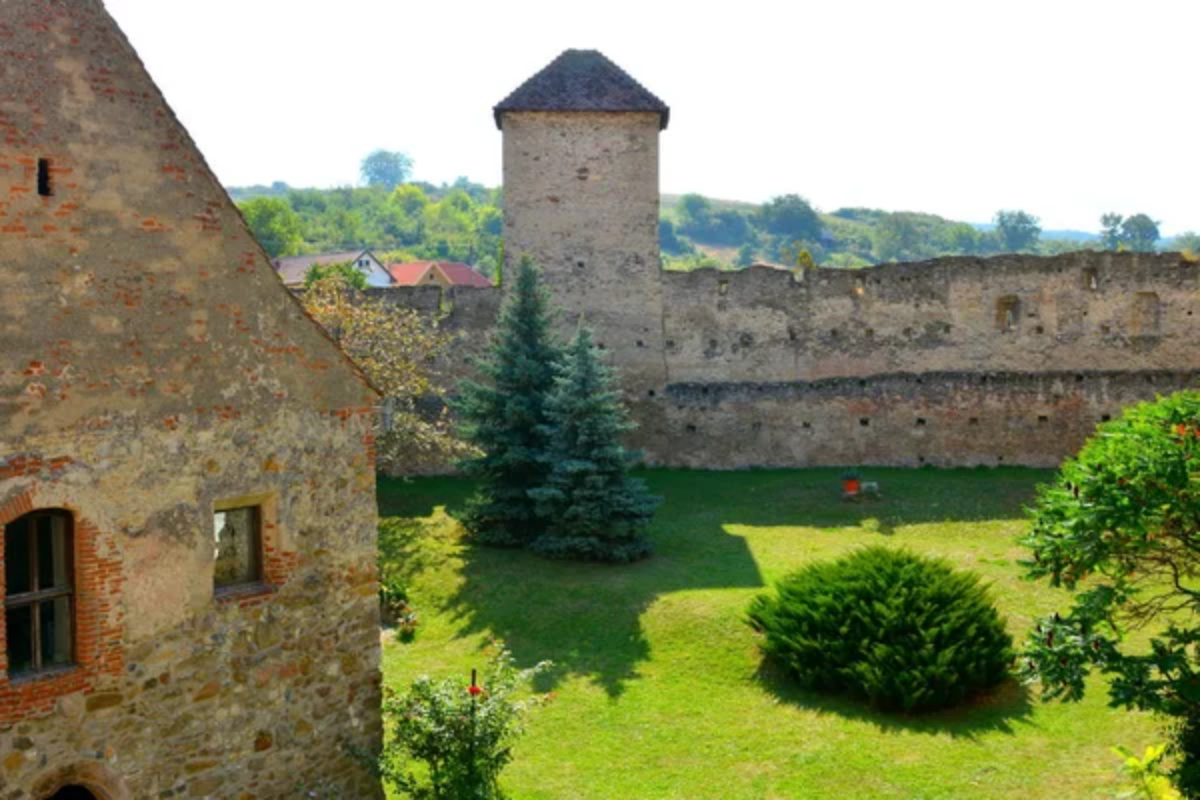
The hilltop fortified church overlooks this village from a commanding position that provided early warning of approaching armies throughout the medieval period. The keep-like church tower served dual purposes as a bell tower and a defensive stronghold, while the surrounding walls created a refuge for the entire community.
The village below preserves traditional architecture where Saxon houses display the characteristic steep roofs and decorative elements.
Saschiz
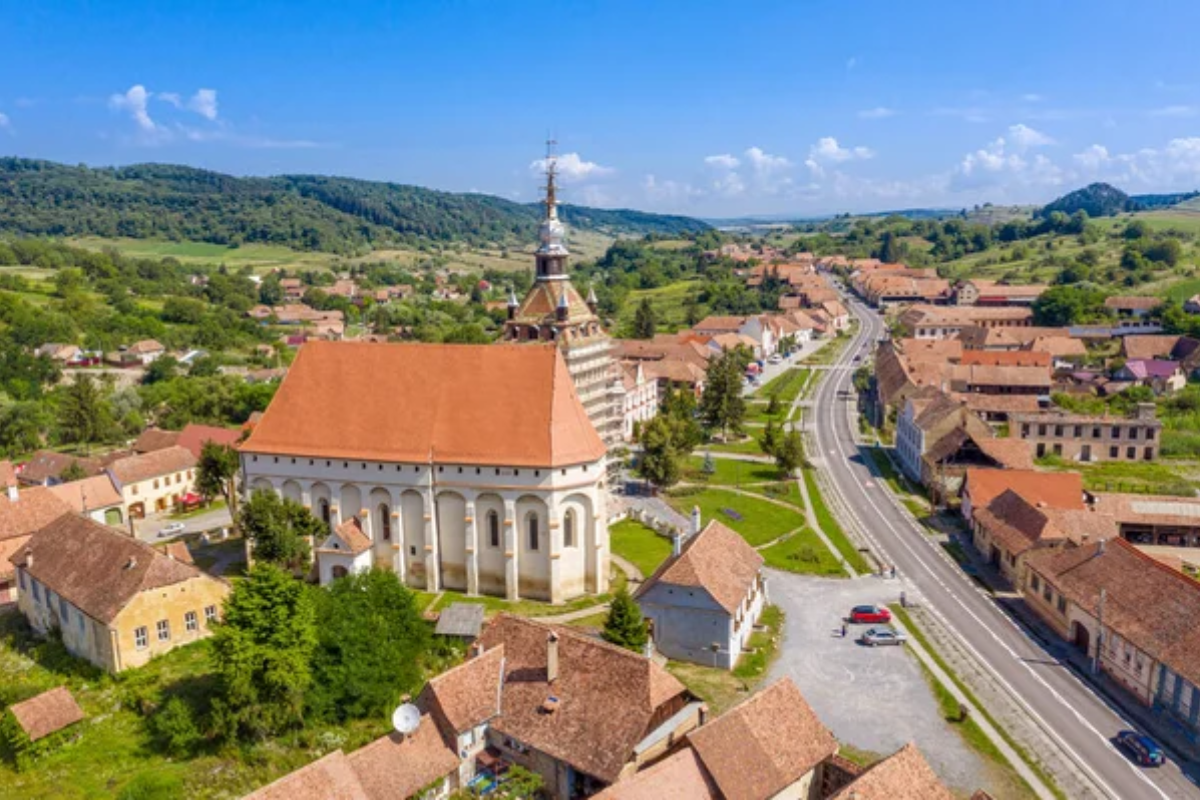
The fortified church and separate Trumpeter’s Tower create a unique dual-fortification system that protected this Saxon community from multiple directions. The village maintains traditional crafts, including pottery and weaving, that continue to utilize medieval techniques passed down through generations.
The surrounding landscape features terraced vineyards and agricultural plots that adhere to the same boundaries established during the medieval period.
Roșia Montană
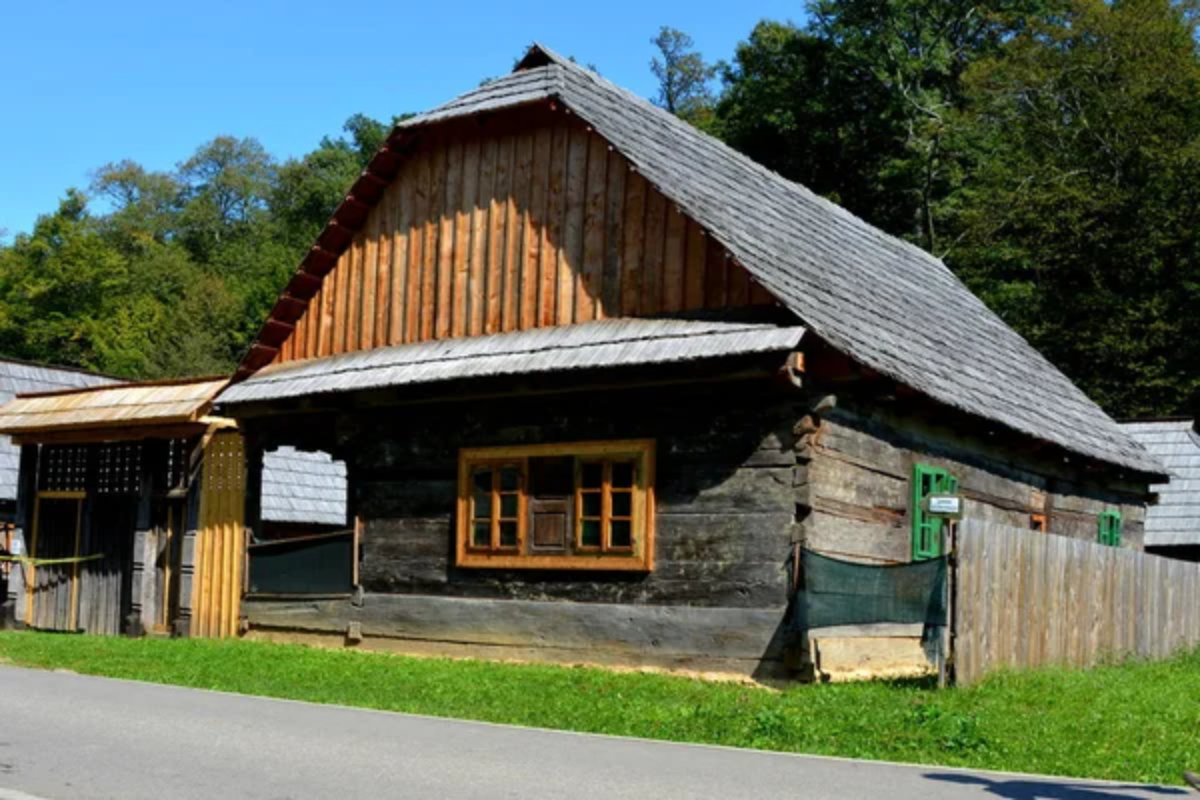
This ancient village combines Roman gold mining heritage with medieval Saxon settlement patterns, creating a rich tapestry of history that spans nearly 2,000 years. The traditional houses follow medieval street layouts while incorporating elements from Roman-era construction techniques and materials.
The village represents one of Europe’s oldest continuously inhabited settlements, where modern residents live in houses built on foundations laid by Roman miners.
Like Travel Pug’s content? Follow us on MSN.
Cisnădioara
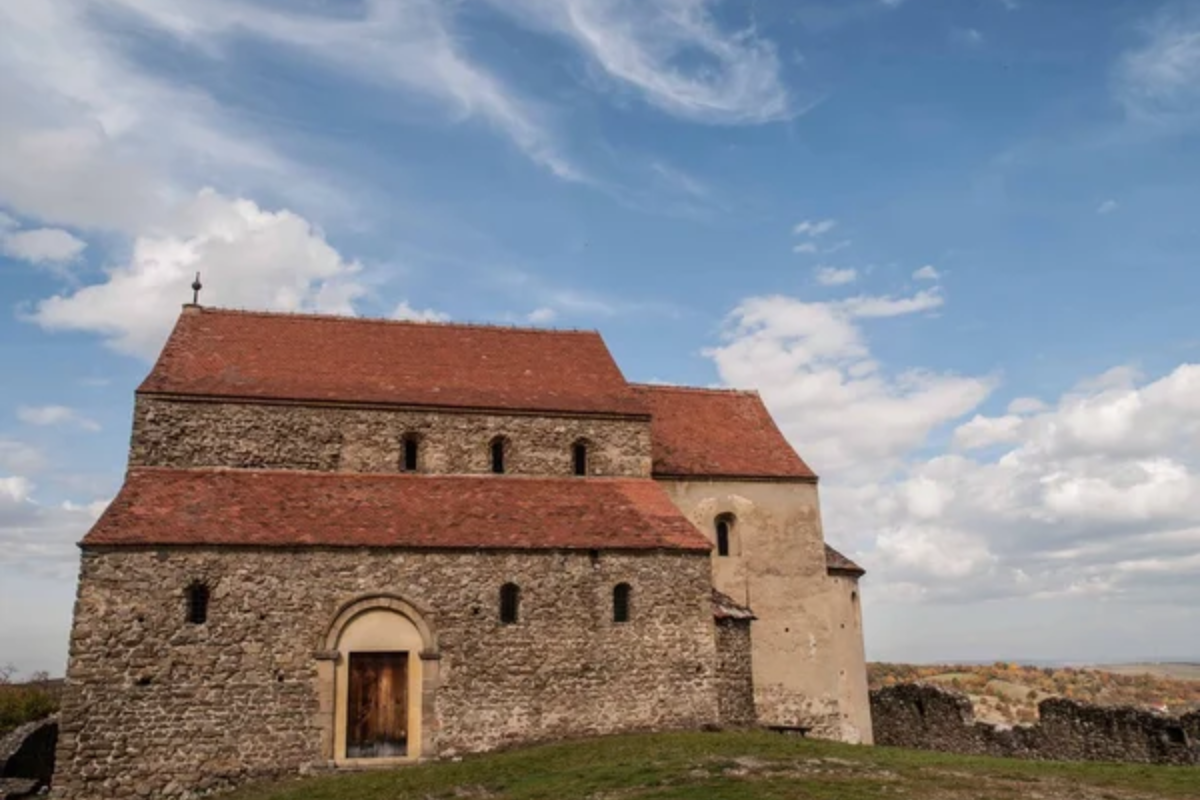
The hilltop fortified church offers panoramic views across the Hârtibaciu Valley, while the village below continues to maintain traditional Saxon agricultural practices. The medieval defensive system includes a keep-like church tower and surrounding walls that created a complete refuge system for the local community.
The village preserves traditional crafts, including woodworking and textile production, that follow techniques documented in medieval guild records.
Darjiu
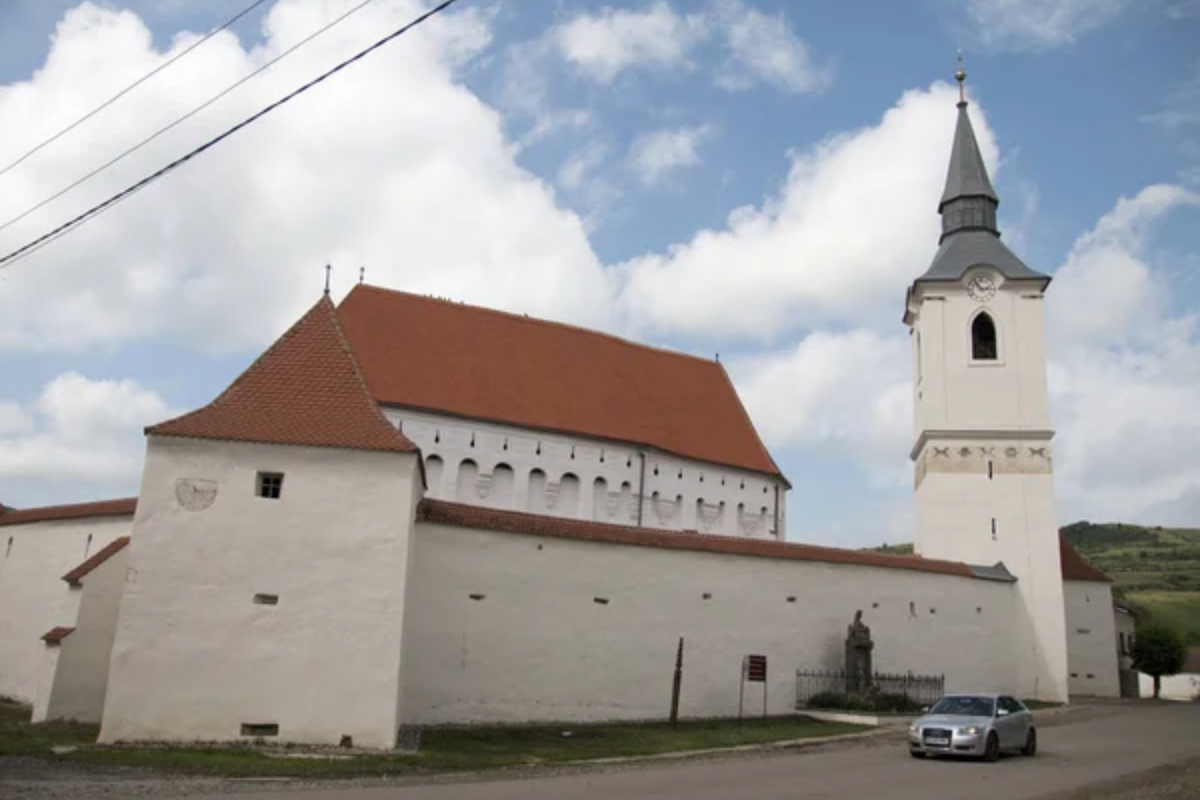
This Székely village features one of Transylvania’s most unusual fortified churches, built in a Romanesque style that predates most Saxon defensive architecture in the region. The church walls contain medieval frescoes that survived iconoclastic periods, while the surrounding village maintains traditional Hungarian architectural elements.
The community continues to practice Székely cultural traditions that blend Hungarian, Saxon, and Romanian influences from the medieval period.
Mălâncrav
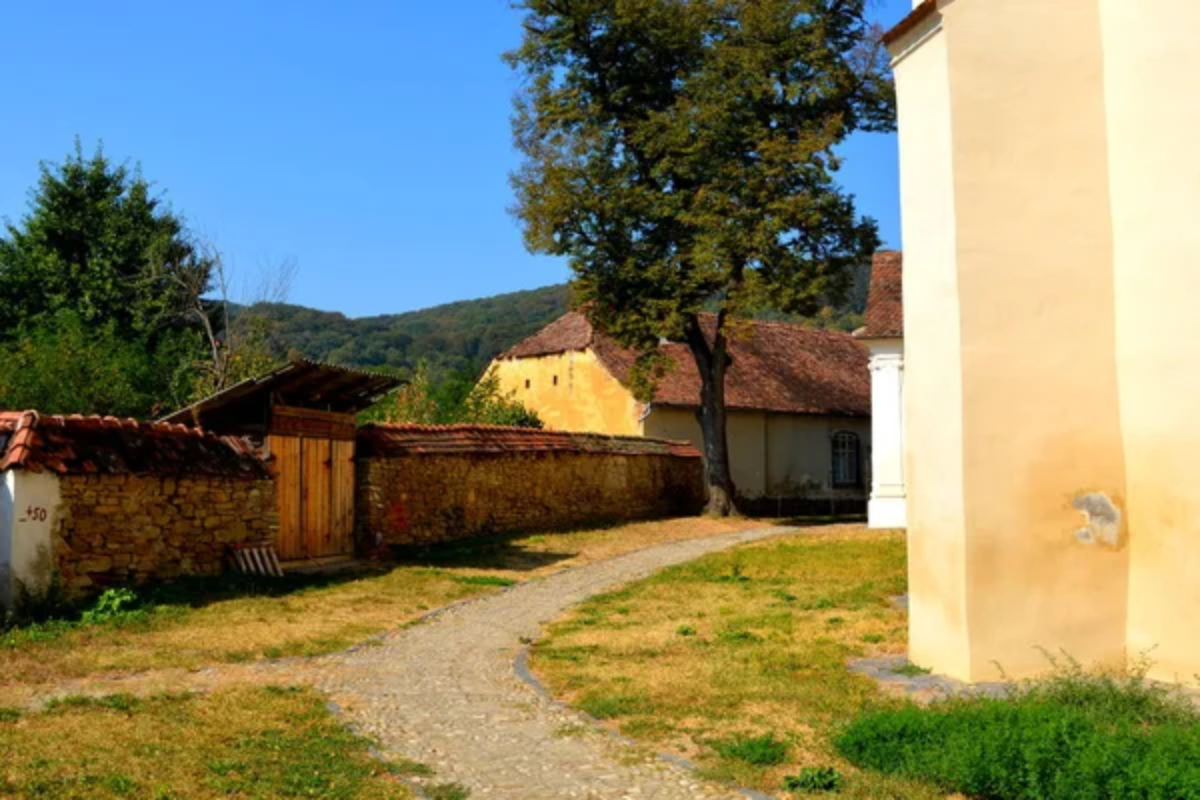
The fortified church features some of Transylvania’s finest medieval frescoes, including detailed biblical scenes that offer insight into 15th-century artistic techniques and religious practices. The village maintains traditional Saxon layout patterns, where houses cluster around the central fortification, adhering to medieval urban planning principles.
The surrounding agricultural land continues to be worked using traditional methods that preserve the medieval field patterns.
Like Travel Pug’s content? Follow us on MSN.
Criț

This Saxon village represents a perfect example of traditional Transylvanian agricultural community organization, where the fortified church anchors a settlement pattern that balances defense with farming efficiency. The traditional houses maintain their medieval proportions and materials while continuing to serve as working farmsteads for local families.
The village practices crop rotation and livestock management techniques that follow patterns established during the medieval period.
Șapartoc
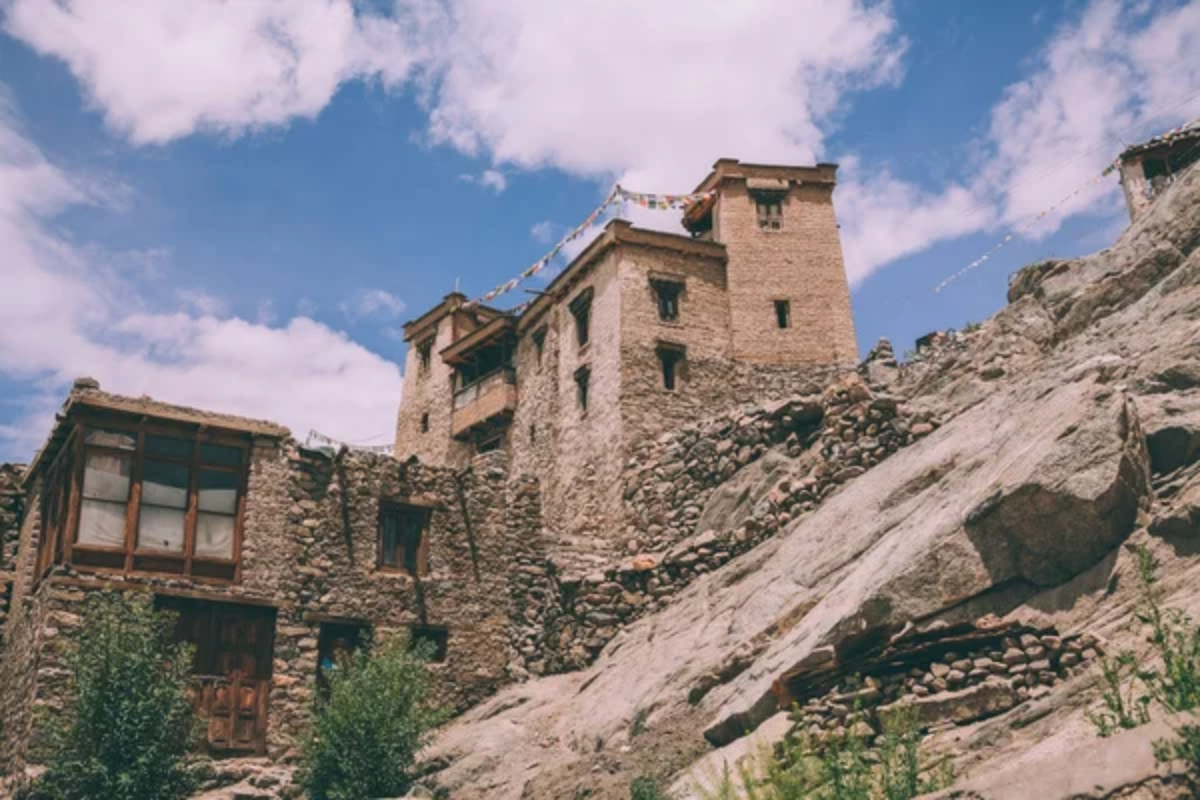
The fortified church sits on elevated ground, providing commanding views across the surrounding agricultural valley, while the village retains traditional Saxon architectural elements. The defensive walls feature multiple towers and gates that demonstrate sophisticated medieval military engineering, adapted to local conditions.
The community preserves traditional festivals and customs that maintain connections to Saxon cultural practices documented from the medieval period.
Bunești
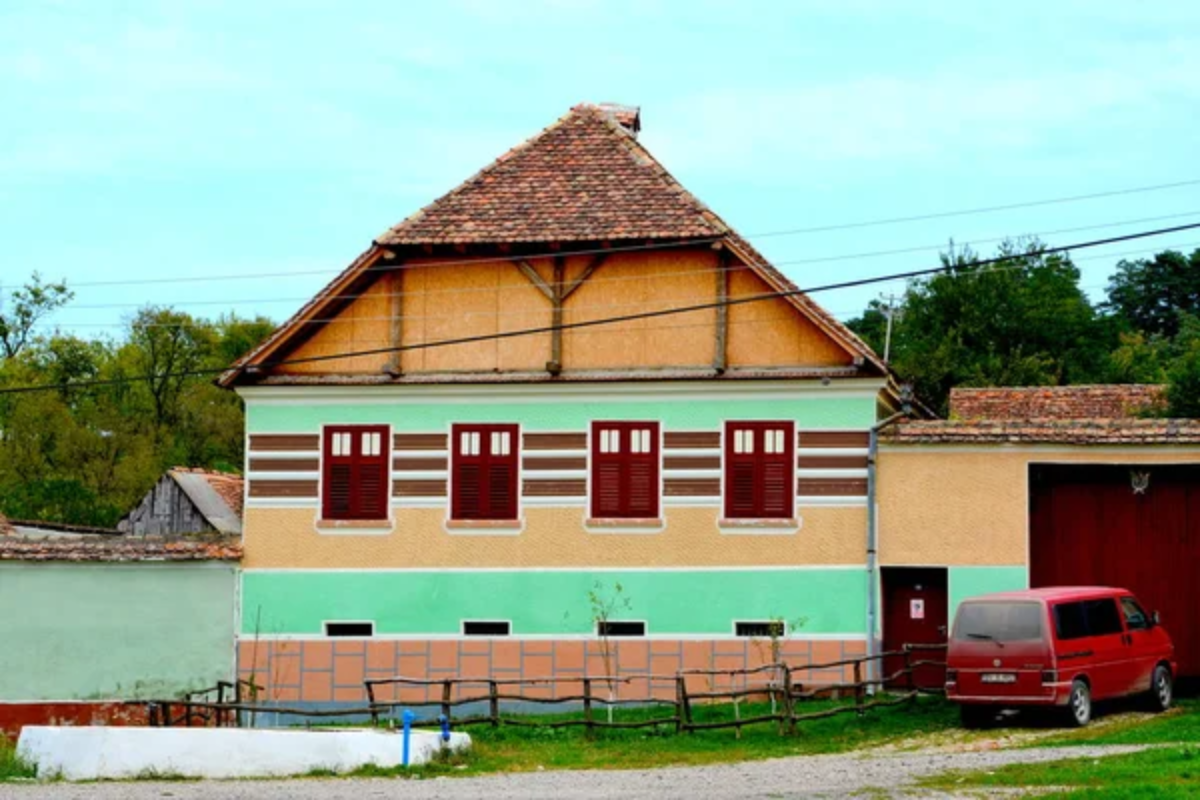
This village combines fortified church architecture with traditional Wallachian building techniques, creating a unique blend of defensive and residential medieval construction. The community maintains traditional agricultural practices where livestock and crops follow rotation patterns established during the medieval period.
The village demonstrates how different ethnic communities adapted medieval urban planning to local geographic and cultural conditions.
Like Travel Pug’s content? Follow us on MSN.
Homorod
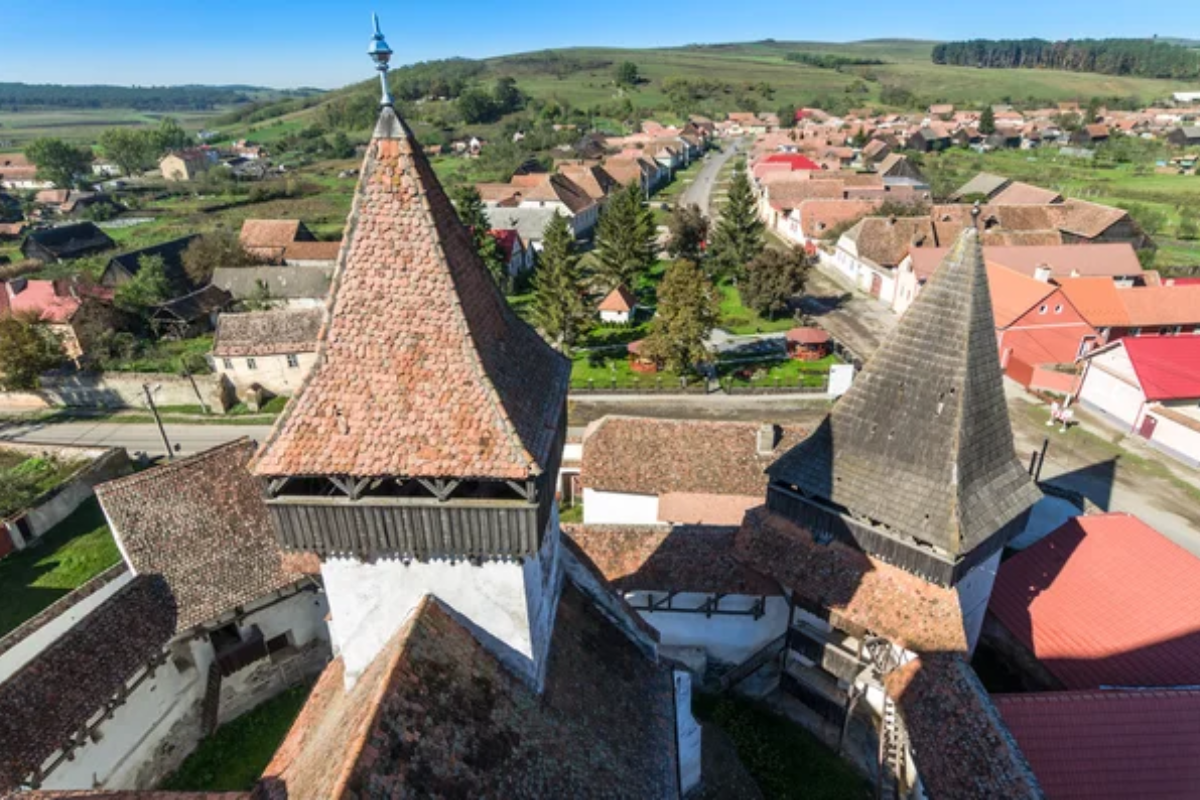
The Székely village preserves traditional Hungarian architectural elements within a medieval settlement pattern that reflects the region’s complex ethnic history. The fortified church incorporates both Gothic and Romanesque elements, while the surrounding village maintains traditional houses with distinctive carved wooden elements.
The community continues to practice traditional crafts, including woodcarving and textile production, using techniques passed down from medieval guild systems.
Axente Sever

This Saxon village preserves one of Transylvania’s most complete examples of traditional agricultural community organization, where medieval field patterns are still visible in contemporary farming practices. The fortified church serves as the community’s focal point, while traditional houses preserve characteristic Saxon architectural elements, including steep roofs and decorative stonework.
The village illustrates how medieval communities struck a balance between agricultural efficiency and defensive needs.
Apold
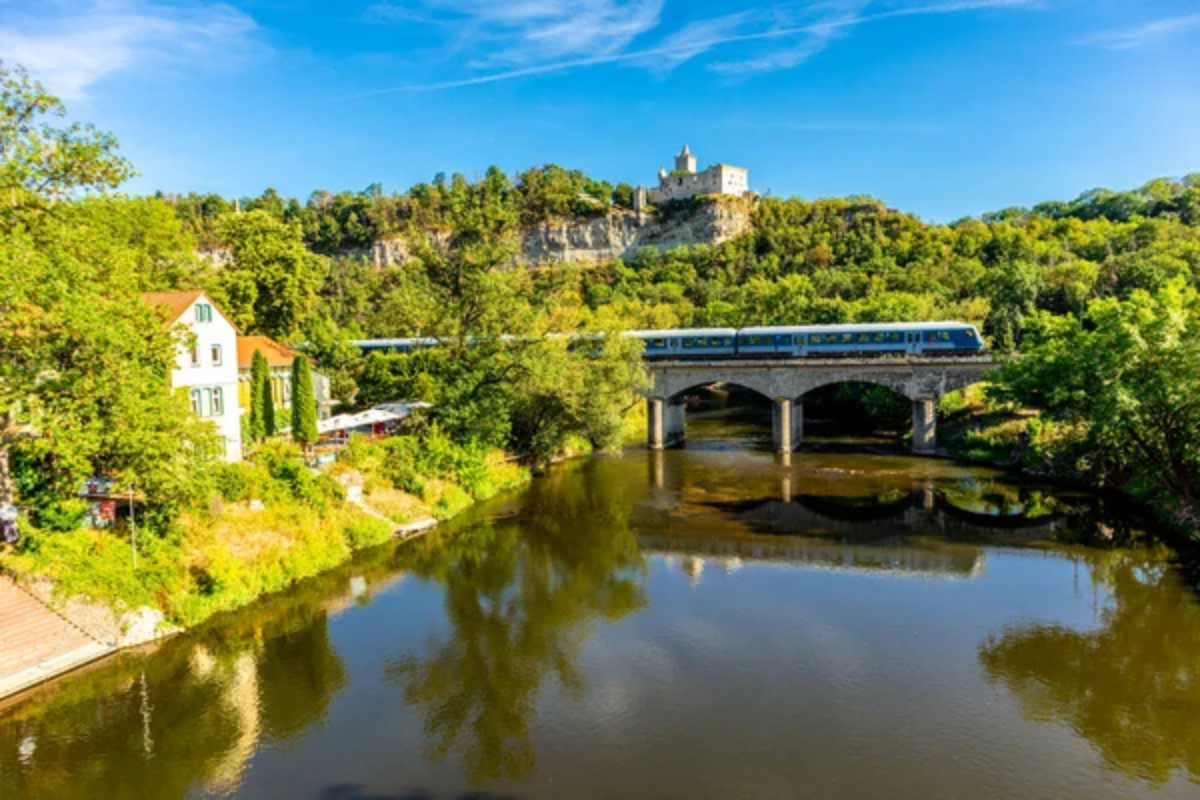
The hilltop fortified church overlooks this traditional Saxon village, where medieval street patterns and house proportions have remained largely unchanged since the 15th century. The community maintains traditional crafts, including metalworking and pottery, that continue to utilize tools and techniques documented in medieval guild records.
The surrounding landscape preserves medieval agricultural patterns where field boundaries and crop rotation follow traditional practices.
Like Travel Pug’s content? Follow us on MSN.
Moșna
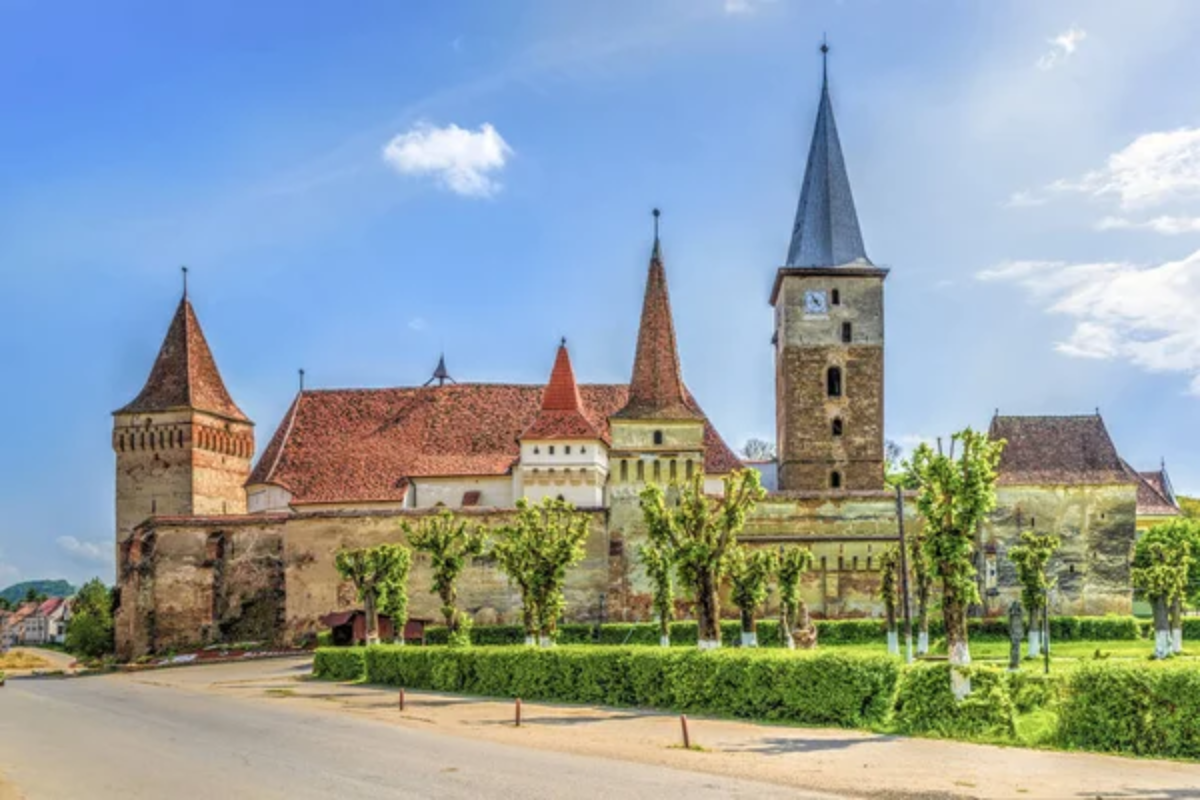
This Saxon village represents an excellent example of traditional Transylvanian rural architecture, where the fortified church anchors a community layout that reflects medieval social organization. The traditional houses maintain their characteristic courtyards and agricultural buildings while continuing to function as working farmsteads.
The village preserves traditional festivals and customs that maintain connections to Saxon cultural practices from the medieval period.
Archita
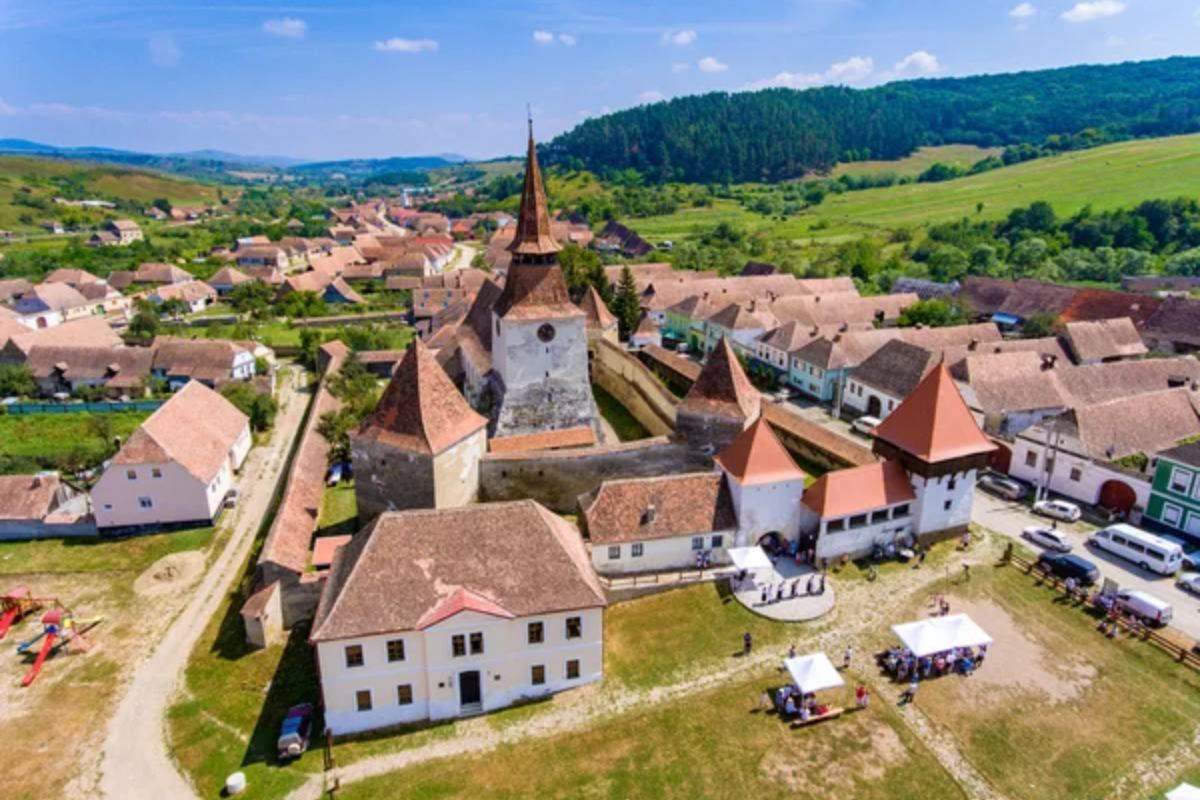
The fortified church features unusual defensive architecture that combines local building materials with Saxon military engineering techniques from the medieval period. The village maintains traditional agricultural practices where livestock grazing and crop cultivation follow patterns established during the Saxon settlement period.
The community demonstrates how medieval villages adapted Germanic architectural traditions to local Romanian geographic and climatic conditions.
Vurpăr
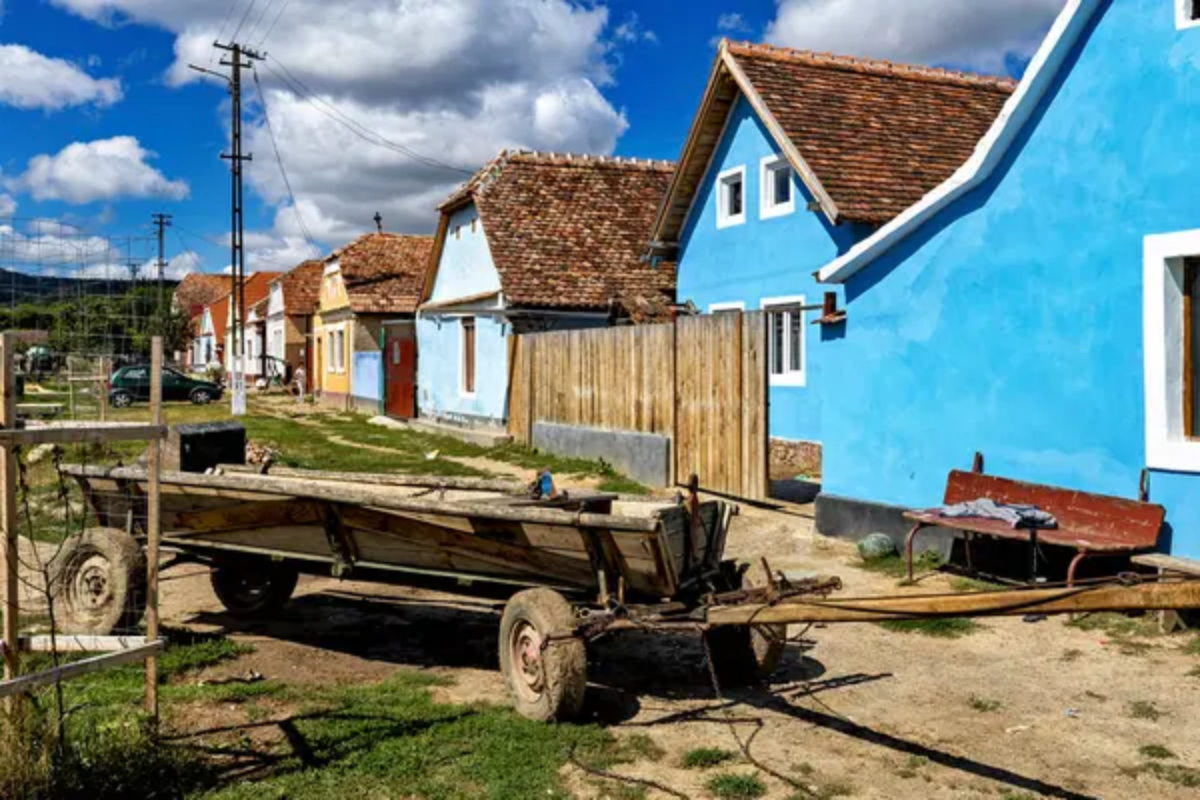
This Saxon village preserves traditional community organization where the fortified church serves as both a religious center and a defensive stronghold for the surrounding agricultural settlement. The medieval houses retain their characteristic proportions and materials, continuing to house local families who practice traditional farming methods.
The village serves as an excellent example of how medieval communities integrated religious, defensive, and agricultural functions within a single, cohesive settlement pattern.
Like Travel Pug’s content? Follow us on MSN.
Living Medieval Heritage
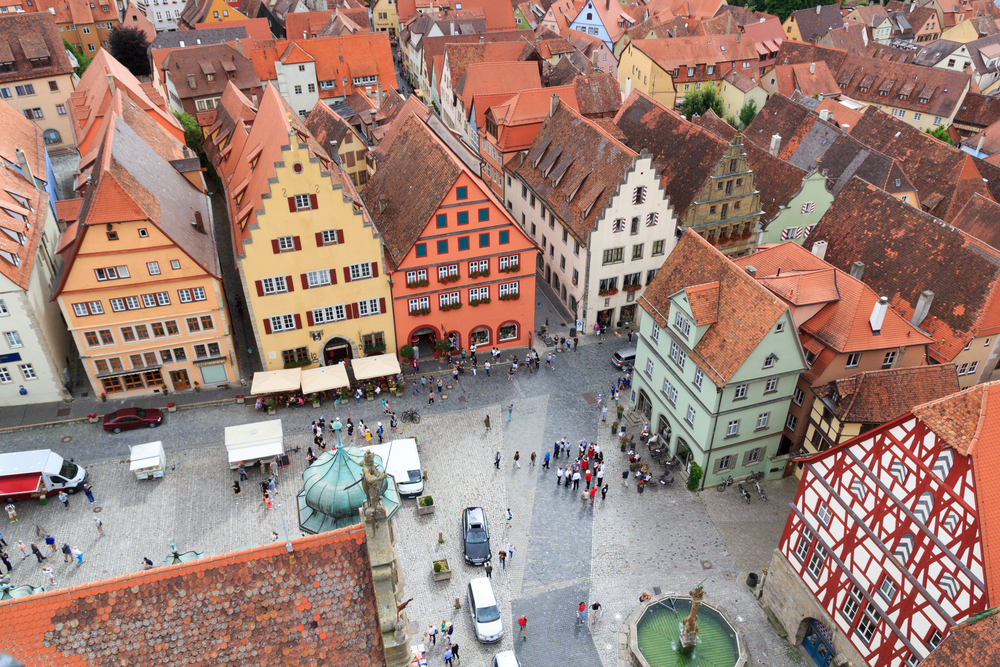
These Transylvanian villages represent more than mere historical curiosities—they are functioning communities where medieval urban planning, architecture, and agricultural practices continue to shape daily life in the 21st century. The fortified churches that anchor each settlement demonstrate how medieval communities successfully integrated religious faith, military defense, and social organization into architectural solutions that have endured for centuries.
Each village preserves not just buildings but entire ways of life that connect contemporary residents to traditions spanning nearly a millennium. These remarkable settlements demonstrate that the best historical preservation occurs when communities continue to live within and adapt ancient structures, rather than simply maintaining them as museums.
MMore from Travel Pug

- 20 Best Beach Towns in the Carolinas
- 13 Destinations Where Tourists Regularly Regret Their Trip
- 20 Destinations That Are More Magical Without an Itinerary
- 20 Underrated Adventures That Belong on Your Travel List
- 20 Cities Where You Should Just Wing It, No Planning Required
Like Travel Pug’s content? Follow us on MSN.N.
